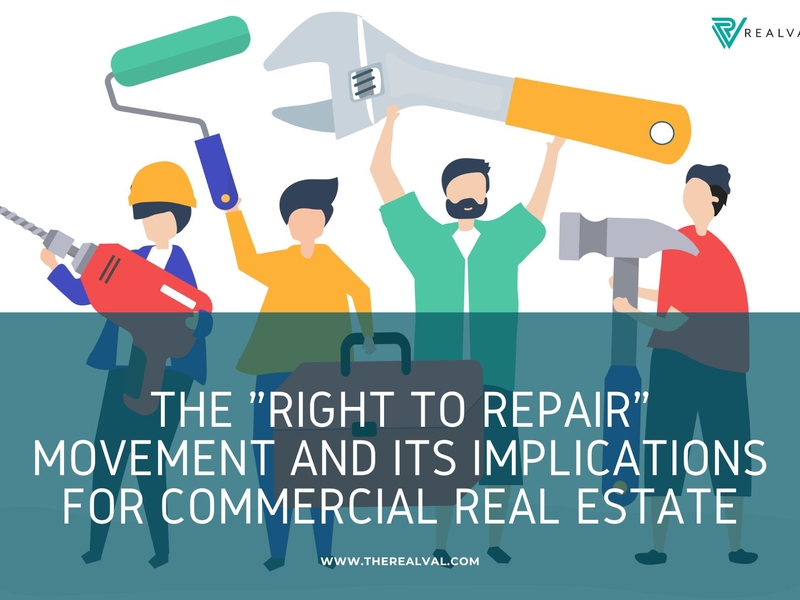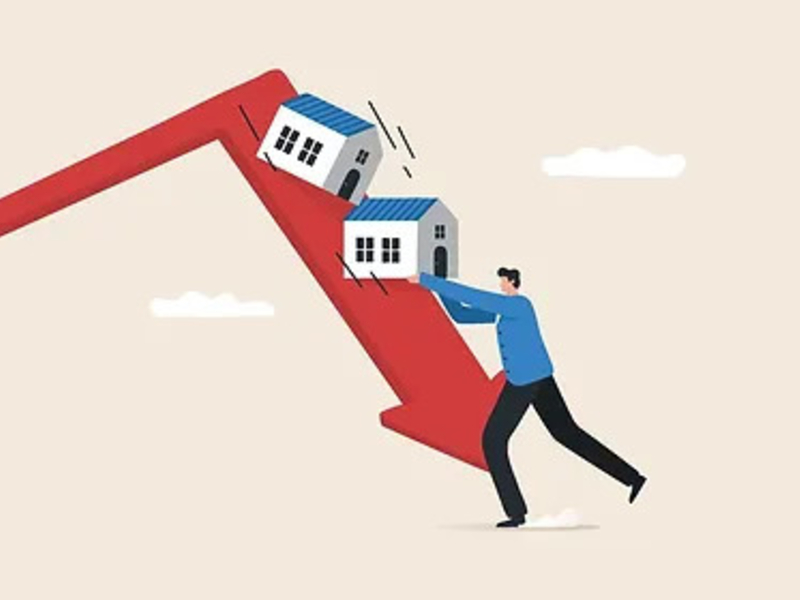The Right to Repair movement, a global push for consumer empowerment, advocates for easier access to repair information, tools, and parts. Traditionally, manufacturers have limited this access, forcing consumers to rely on expensive and often time-consuming authorized service providers. This results in higher costs, longer downtime, and a significant increase in electronic waste.
Within Commercial Real Estate, this movement emphasizes the critical need for accessible repair solutions for essential building systems, including HVAC, elevators, lighting, and other vital infrastructure. The integration of PropTech and the rise of smart buildings has further complicated repairs, often requiring specialized knowledge and proprietary software.
The Impact of Right to Repair on Commercial Real Estate-
- Reducing Maintenance Costs: One of the most significant advantages of the Right to Repair movement in commercial real estate (CRE) is its potential to reduce maintenance costs. Property owners and managers often face high repair expenses, particularly when dealing with proprietary systems. By securing access to repair manuals, diagnostic tools, and replacement parts, CRE stakeholders can perform in-house repairs or hire independent technicians, significantly cutting costs. For instance, HVAC repairs represent a major expense for commercial properties. Right to Repair legislation enables building owners to source parts directly, avoiding the inflated costs imposed by manufacturers and authorized service providers.
- Extending Equipment Lifecycle: The Right to Repair movement encourages extending the lifespan of commercial building equipment. Rather than replacing entire systems due to minor malfunctions or forced obsolescence, property owners can repair and upgrade existing equipment. This is especially beneficial for data centers, retail spaces, and office buildings, where specialized systems are costly to replace. By prioritizing equipment upgradability, CRE stakeholders can maximize asset value while reducing waste—aligning with the principles of a circular economy.
- Enhancing Building Efficiency: Smart buildings rely on integrated systems to optimize energy use, security, and occupant comfort. However, proprietary restrictions often make it difficult for property owners to repair these systems efficiently. The Right to Repair movement advocates for open standards and interoperability, enabling property managers to maintain and upgrade building technologies without depending on original manufacturers. This not only enhances building efficiency but also ensures that properties remain competitive in an increasingly sustainability-focused market.
- Promoting Sustainability in CRE: The Right to Repair movement aligns with the growing emphasis on sustainability in commercial real estate. By facilitating repairs and reducing the need for new equipment, it supports a circular economy where resources are reused and recycled instead of discarded. This is particularly crucial for energy-intensive industries like data centers. Moreover, reducing electronic waste through repairs contributes to broader environmental goals, making Right to Repair a key component of sustainable property management strategies.
Challenges of Right to Repair in Commercial Real Estate-
While the benefits of the Right to Repair movement are clear, several challenges need to be addressed:
- Manufacturer Resistance: Many manufacturers argue that third-party repairs could compromise system safety and performance. Improper HVAC repairs, for instance, might lead to energy inefficiencies or even safety hazards. Additionally, manufacturers claim proprietary systems help protect intellectual property and maintain quality standards.
- Complexity of Modern Building Systems: With the rise of smart buildings and PropTech solutions, building systems are becoming more complex. Even skilled technicians may struggle to perform repairs without proper training and access to diagnostic tools. This raises concerns about the reliability of third-party repairs.
- Regulatory Hurdles: Despite growing support for Right to Repair legislation, adoption remains inconsistent. In some regions, property owners still face legal barriers to performing repairs or hiring independent technicians. This creates a fragmented regulatory landscape, complicating compliance for CRE stakeholders.
The Future of Right to Repair in CRE-
As the Right to Repair movement gains momentum, its influence on commercial real estate is expected to expand. Key trends to watch include:
- Increased Adoption of Open Standards: To mitigate proprietary system challenges, the industry may shift towards open standards and interoperable technologies. This would empower property owners to repair and upgrade building systems more easily without reliance on original manufacturers.
- Rise of PropTech Solutions: PropTech companies are already developing platforms to simplify building maintenance and repairs. As Right to Repair legislation advances, more innovative solutions will emerge, allowing property owners to take greater control of their maintenance operations.
- Focus on Sustainability: With growing pressure to implement sustainable practices, the Right to Repair movement will play a vital role in helping CRE stakeholders reduce waste, lower operational costs, and improve building efficiency. This aligns with broader trends such as the circular economy and green building certifications.
The Right to Repair movement is set to reshape the commercial real estate industry by giving property owners and managers greater control over building maintenance and equipment repairs. While challenges persist, the potential benefits—including reduced costs, extended equipment lifespan, enhanced building efficiency, and improved sustainability—make it a compelling proposition for CRE stakeholders.
As Right to Repair legislation continues to gain traction, the industry must adapt by embracing open standards, innovative PropTech solutions, and sustainable practices. By doing so, CRE stakeholders can not only lower costs but also contribute to a more resilient and eco-friendlier built environment.
Trending





